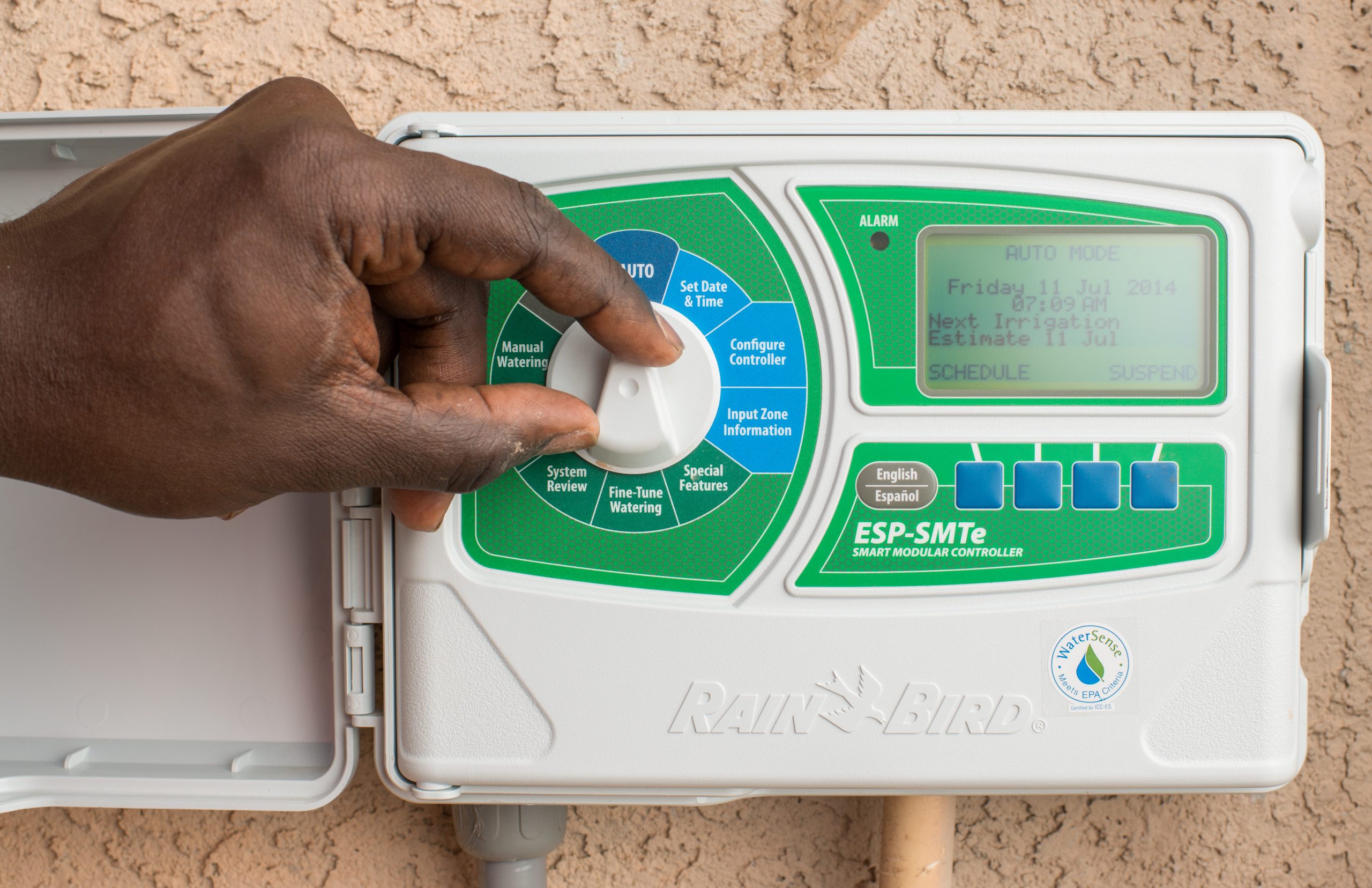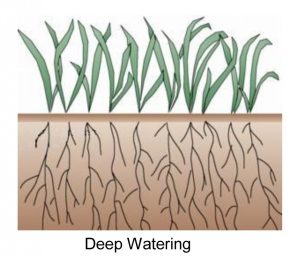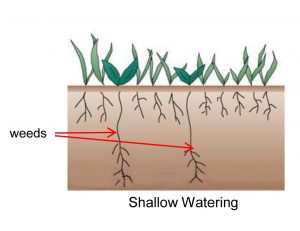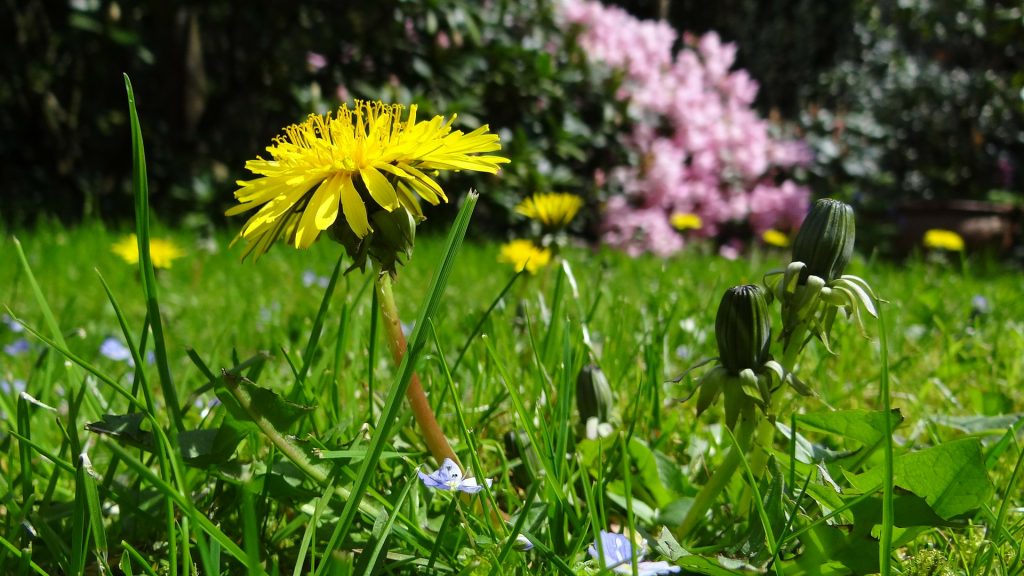Our heavy clay soils are very fertile, but have very small pore spaces and are slow to accept water. Infiltration rates are well below one-tenth an inch per hour across most of the metro Phoenix area. On slopes or compacted, heavy clay soils, water is generally applied faster than it can soak into the soil, resulting in water being wasted as it runs off the site, over the sidewalk into the street, down the gutter and into the storm drain. This year you can ‘hit a home run’ with your landscape watering by preventing runoff.
How Can I Prevent Water Run Off?
To avoid runoff on the grass or sloped areas of your landscape, you may need to schedule several shorter water cycles in the same day, allowing about 30 minutes in-between for the water to soak in. This is called “cycle and soak” and is easily programmed into your irrigation controller. This method of irrigation applies water slowly so the soil actually absorbs all that is applied. A smart irrigation controller can make this process even easier.

What is a Typical Cycle and Soak Schedule for Lawns?
Instead of running each lawn sprinkler zone for 10 – 15 minutes each, run each zone only the amount of time that the soil can absorb the water (which means it’s not running off onto the sidewalk or street).
For example, a watering schedule would look something like this:
- Water for 3 different start times
- Water for 4 minutes each cycle
- Wait at least 30 minutes in between cycles
- Water 2 or 3 times per week in summer

How Deep Does the Water Need to Soak into the Soil?
Your goal is to allow the water to soak down 6 – 8 inches into the soil. This depth is ideal for lawn areas and promotes the growth of deep roots. Roots that grow deep into the soil will create grass that is stronger, healthier and better able to withstand the brutal heat of summer. Because watering deeply keeps moisture in the root zone longer you won’t need to water as often. On the other hand, shallow watering produces soil that dries out quickly and creates grass and root growth that is weaker and less dense allowing competition from weeds.
How Do I Know How Deeply the Water is Soaking in?
Use a probe like a long screwdriver and push it into the soil in several places. It will slide easily through wet soil but will be nearly impossible to push through dry clay.
Once you have mastered the cycle and soak method, check out our Landscape Watering by the Numbers guides to learn how much and how often to water the rest of your landscape to keep it healthy and beautiful year-round.


Cathy Rymer is a Water Conservation Coordinator with the City of Chandler Water Conservation Office, one of 19 Water – Use It Wisely partners to offer water-saving advice and programs.



